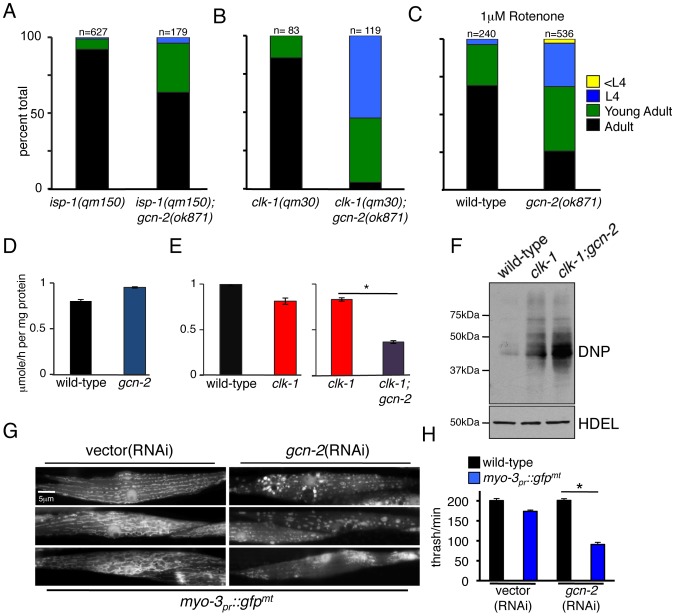Figure 5. GCN-2 Is Required for Development and Mitochondrial Maintenance during Mitochondrial Stress.
(A) Quantification of developmental rates of isp-1(qm150) and isp-1(qm150);gcn-2(ok871) animals. Synchronized worms were raised from eggs and animals of different developmental stages were scored and plotted as percent of total animals on day 6. (B) Developmental rates of clk-1(qm30) and clk-1(qm30);gcn-2(ok871) worms quantified as in (A) on day 5. (C) Wild-type and gcn-2(ok871) animals were raised on plates containing 1 µM rotenone. Rates of development were quantified on day 3. (D) Rates of oxygen consumption of synchronized wild-type or gcn-2(ok871) animals at the L4 stage. Shown is the mean ± SEM oxygen consumption normalized to protein content (n = 3). (E) Oxygen consumption rates of synchronized wild-type, clk-1(qm30) or clk-1(qm30);gcn-2(ok871) worms at the L4 stage. Shown is the mean ± SEM oxygen consumption normalized to protein content (n = 3, *p<0.05). (F) Immunoblots of lysates from wild-type, clk-1(qm30) or clk-1(qm30);gcn-2(ok871) probed with anti-DNP antibody (see Materials and Methods). The anti-HDEL immunoblot serves as a loading control. (G) Representative fluorescent photomicrographs of body wall muscle cells in transgenic animals expressing mitochondria-targeted GFP (myo-3pr::GFPmt) fed vector or gcn-2(RNAi). (H) Plot of the number of body strokes per minute (thrashing assay) of wild-type or myo-3pr::gfpmt transgenic animals raised on vector or gcn-2(RNAi). Shown is the mean±SEM obtained by counting strokes/min of 3-day-old animals (n = 5, *p<0.05).

